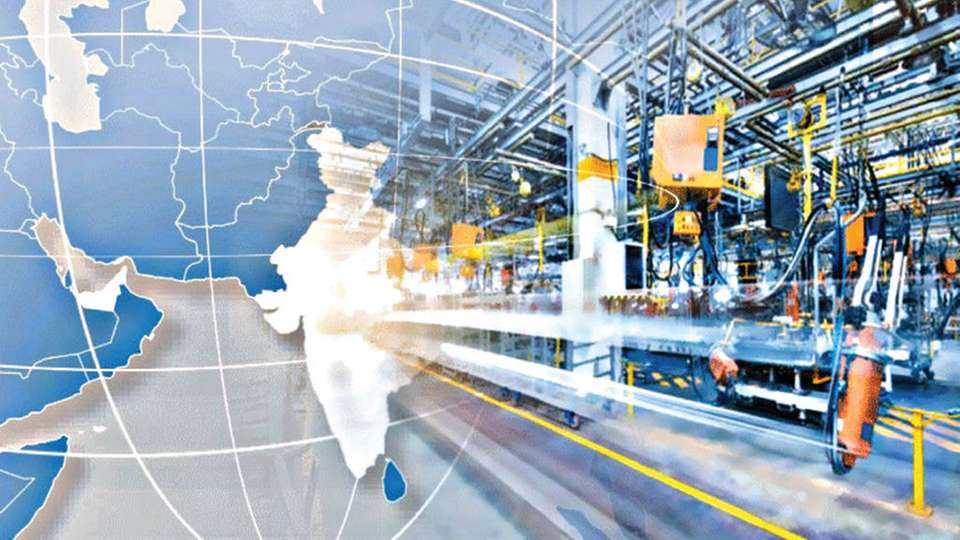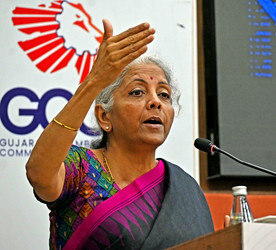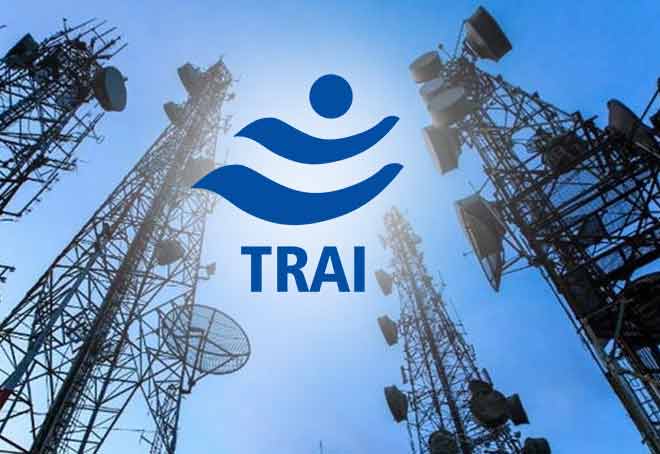In an era where connectivity is paramount, India stands on the cusp of a digital revolution driven by the convergence of 5G and Fixed Wireless Access (FWA). As the nation marches towards a more connected future, the integration of these transformative technologies promises to unlock unparalleled innovation, inclusivity, and economic prosperity. In this exclusive news article, we take a deep dive into the dynamics of India’s digital landscape, with insights from Nitin Bansal, Head of Ericsson India and Head of Network Solutions for Southeast Asia, Oceania & India.
Chapter 1: The 5G Revolution in India
India’s journey into the realm of 5G has been nothing short of extraordinary. Within just 18 months, the nation has emerged as a global frontrunner in 5G proliferation, with services extending to 738 districts. This rapid deployment, propelled by Indian telcos’ efforts in deploying over 4.25 lakh Base Transceiver Stations (BTS), has positioned India among the top 15 markets globally for 5G media download speeds, as validated by Ookla. The Ericsson Mobility Report underscores India’s insatiable appetite for data, with smartphone users averaging 31GB per month by 2023. Projections indicate a surge in 5G subscriptions, expected to reach 68% within the next five years, with data traffic per smartphone projected to soar to 75GB per month by 2029.
Chapter 2: Unveiling the Promise of 5G Use Cases
Beyond its speed capabilities, 5G serves as a harbinger of economic revitalization, fostering innovation and growth through transformative use cases such as Enhanced Mobile Broadband (EMBB) and Fixed Wireless Access (FWA). These applications not only enhance consumers’ mobile data experiences but also pave the way for new industry paradigms. From AR VR shopping to cloud gaming and 360-degree live streaming, 5G unleashes a spectrum of possibilities, redefining consumer experiences and industry landscapes alike.
Chapter 3: Fixed Wireless Access: A Catalyst for Digital Inclusion
Fixed Wireless Access (FWA) emerges as a critical enabler in bridging the digital divide, delivering reliable, high-speed internet connectivity to underserved areas in a cost-effective manner. With India’s low fiber penetration, FWA presents a viable solution for extending broadband access to remote regions, eliminating the need for costly physical infrastructure. Ericsson’s FWA handbook 2024 Insights projects a significant uptick in FWA connections worldwide, with India witnessing a surge in FWA deployments by operators such as JioFiber and Airtel Xstream Fibre. Recent demonstrations showcasing peak speeds of 4.7Gbps on mmWave technology underscore FWA’s potential in expanding connectivity across India’s diverse landscape.
Chapter 4: FWA and ARPU Growth for Indian Telcos
Fixed Wireless Access (FWA) not only bridges connectivity gaps but also contributes to Average Revenue Per User (ARPU) growth for Indian operators. By extending broadband coverage to rural areas and offering bundled services, operators can enhance ARPU and drive revenue growth. Ericsson’s report, ‘Capturing the 5G FWA opportunity: A household view,’ highlights the increasing adoption of FWA as a full replacement for previous connectivity solutions, with households opting for FWA for its higher speed and reliability. This trend, coupled with the projected growth in fixed communication services revenue, underscores FWA’s potential as a revenue driver for operators in India.
Chapter 5: Global Perspectives on FWA Deployment
Governments worldwide are accelerating FWA deployment to foster economic growth and bridge connectivity divides. Norway’s District Development model incentivizes operators to provide high-speed connectivity to underserved areas, while Oman has witnessed a fourfold surge in FWA subscribers since 2020. FWA adoption is gaining momentum globally, with approximately 60% of Ericsson’s live 5G networks offering commercial FWA services. Speed-based tariff plans and gigabit-level speeds position FWA as a key revenue driver for service providers worldwide.
Chapter 6: Harnessing the Potential of E&V Bands in India
India’s fiber connectivity constraints can be addressed by leveraging the E&V bands (71-76 GHz and 81-86 GHz) to alleviate network congestion and enhance customer satisfaction. These bands offer high-speed data transmission capabilities, making them ideal for high-capacity backhaul and last-mile connectivity solutions. By harnessing the potential of the E&V bands, Indian telecom companies can efficiently expand their networks, catering to both urban and rural areas and bridging connectivity gaps across the country.
Chapter 7: Strategic Imperatives for Telcos in Spectrum Auctions
The upcoming spectrum auctions in June 2024 present telcos with an opportunity to bolster connectivity nationwide. With eight bands on offer, including 800 MHz, 900 MHz, 1800 MHz, 2100 MHz, 2300 MHz, 2500 MHz, 3300 MHz, and 26 GHz, telcos have a diverse range of frequencies to optimize their networks. These bands cater to different use cases, from providing widespread coverage in rural areas to supporting high-speed data services in urban regions. By acquiring spectrum across these bands, telcos can enhance network performance, and capacity, and meet the growing demands for connectivity and data services across India.














